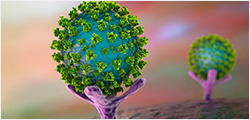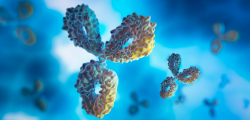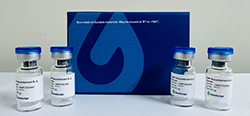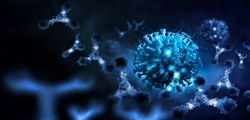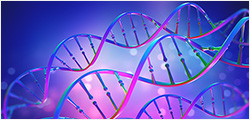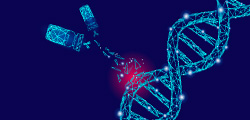| Species |
Mouse |
| Protein Construction |
SG3/Secretogranin 3 (Phe23-Leu471)_x000D_
Accession # P47867 |
His |
| N-term |
C-term |
|
| Purity |
> 95% as determined by BisTris PAGE
> 95% as determined by HPLC |
| Endotoxin Level |
Less than 1EU per μg by the LAL method. |
| Expression System |
HEK293 |
| Theoretical Molecular Weight |
52 kDa |
| Apparent Molecular Weight |
Due to glycosylation, the protein migrates to 60-70 kDa based on Bis-Tris PAGE result. |
| Formulation |
Lyophilized from 0.22μm filtered solution in PBS (pH 7.4). |
| Reconstitution |
Centrifuge the tube before opening. Reconstituting to a concentration more than 100 μg/ml is recommended. Dissolve the lyophilized protein in distilled water. |
| Storage & Stability |
Upon receiving, the product remains stable up to 6 months at -20 °C or below. Upon reconstitution, the product should be stable for 3 months at -80 °C. Avoid repeated freeze-thaw cycles. |
| Target Background |
Secretogranin III (Scg3) is a member of the granin protein family that regulates the biogenesis of secretory granules. Scg3 was recently discovered as an angiogenic factor, expanding its functional role to extrinsic regulation. Unlike many other known angiogenic factors, the pro-angiogenic actions of Scg3 are restricted to pathological conditions. Among thousands of quantified endothelial ligands, Scg3 has the highest binding activity ratio to diabetic vs. |
| Synonyms |
Secretogranin-3; Secretogranin III; SCG3; SGIII; UNQ2502/PRO5990 |
For research use only. Not intended for human or animal clinical trials, therapeutic or diagnostic use.















